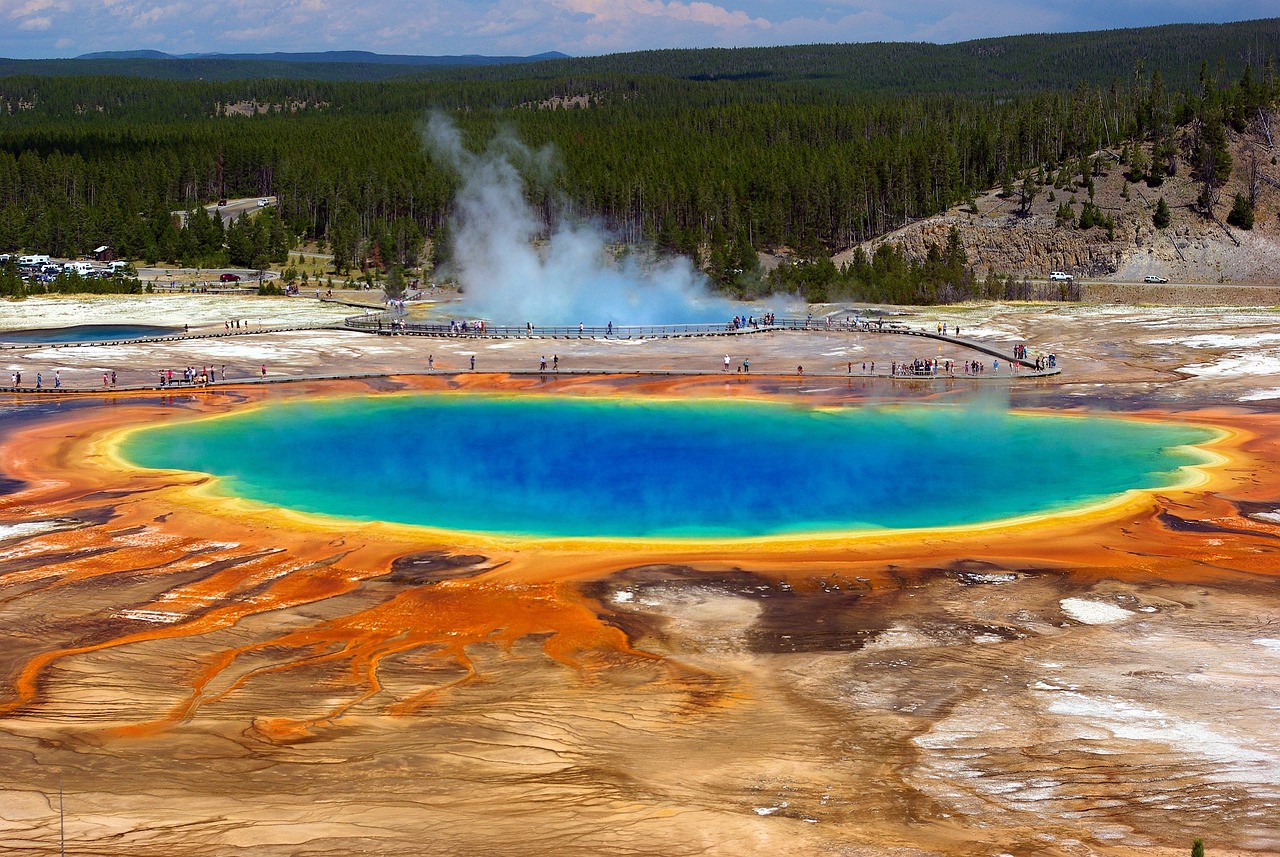1. Current Monitoring Data
- Seismic Activity: Yellowstone is one of the most closely monitored volcanic systems in the world. While the area experiences regular earthquakes, these are typical for geothermal regions and not indicative of impending eruptions.
- Ground Deformation: Satellite and ground-based measurements indicate minor uplift and subsidence in the Yellowstone caldera, which is normal for active geothermal systems.
- Gas Emissions: The release of gases like carbon dioxide and sulfur dioxide remains stable and within expected levels for the region.
2. Eruption Timeline
- Yellowstone’s last major eruptions occurred approximately 2.1 million, 1.3 million, and 631,000 years ago. While these eruptions have led some to speculate about "overdue" activity, volcanic systems do not operate on strict schedules.
- Scientists estimate that the probability of a supereruption in any given year is about 1 in 730,000—extremely low.
3. Scientific Understanding
- Studies of Yellowstone’s magma chamber show that most of the magma is partially solidified and lacks the conditions required for a large-scale eruption.
- Small hydrothermal explosions and localized events, such as geyser activity, are much more likely than an eruption and are part of the natural geothermal processes.
4. Preparedness and Monitoring
- The Yellowstone Volcano Observatory (YVO), operated by the U.S. Geological Survey and partners, continuously monitors the area. Advanced technology, such as seismographs and GPS networks, ensures that any significant changes in volcanic activity would be detected early.
Conclusion
While the idea of a Yellowstone eruption often captures public imagination, there is no scientific evidence suggesting that such an event will happen anytime soon. The region remains a natural wonder, and ongoing monitoring ensures that any risks will be managed well in advance.
